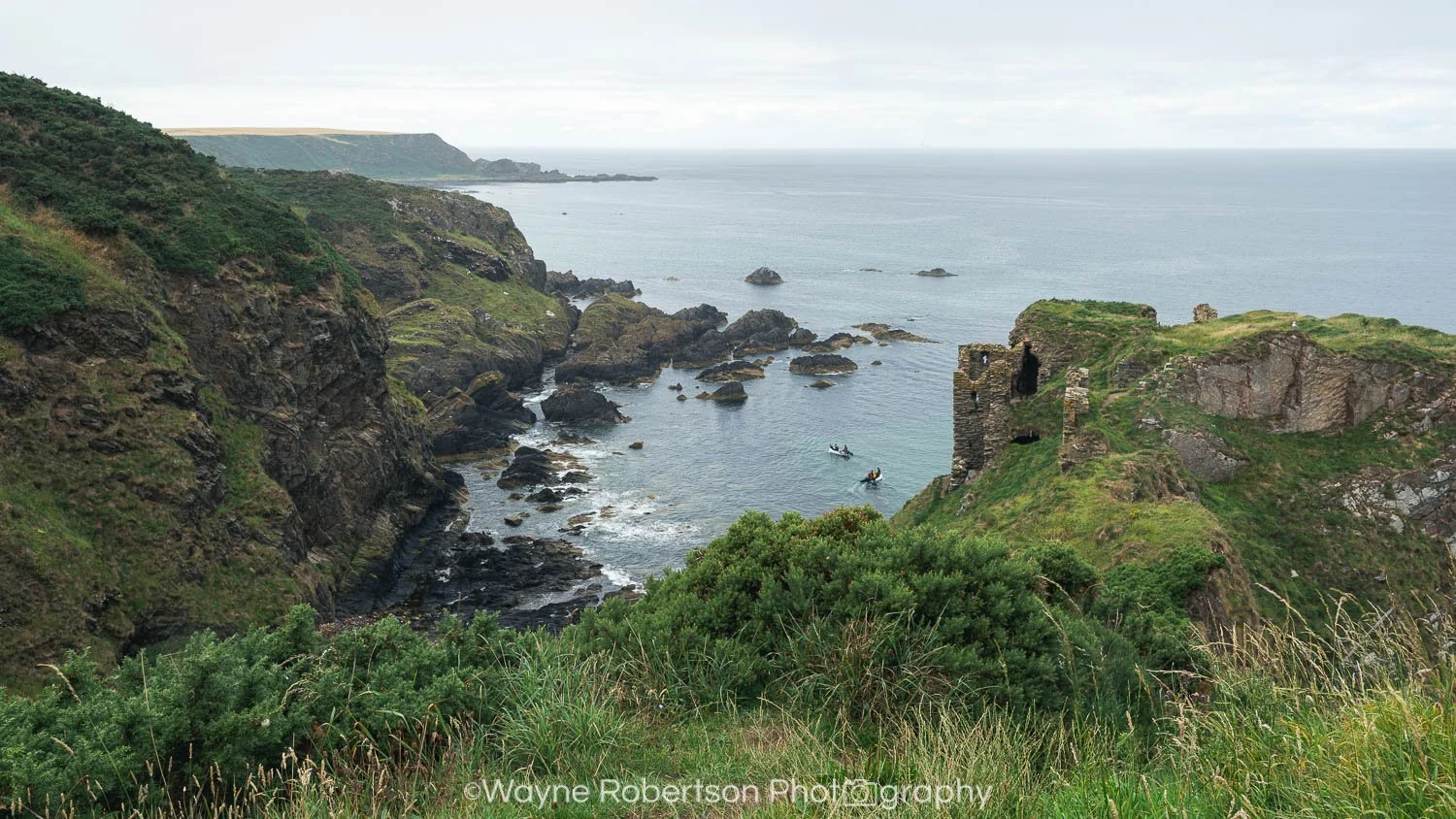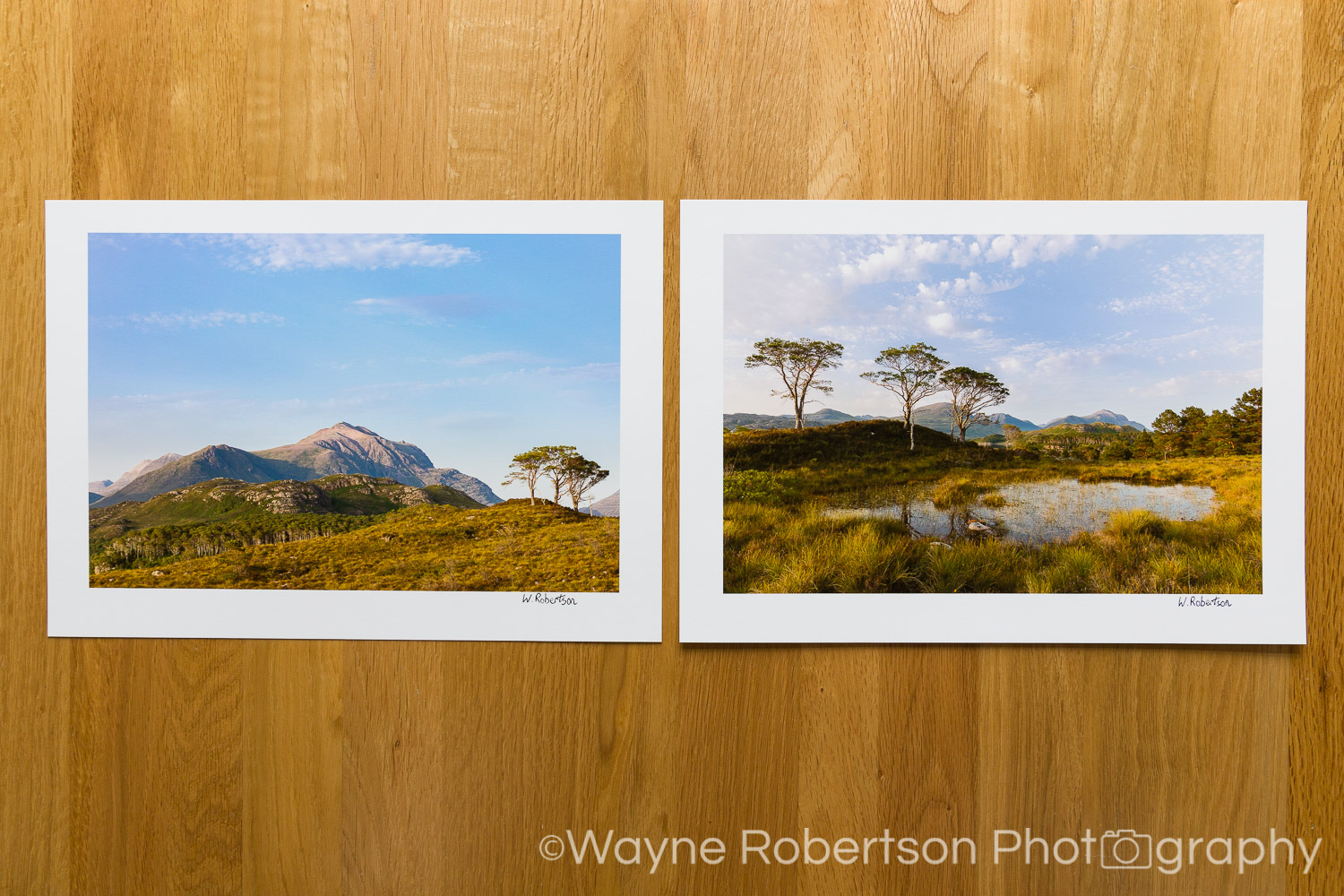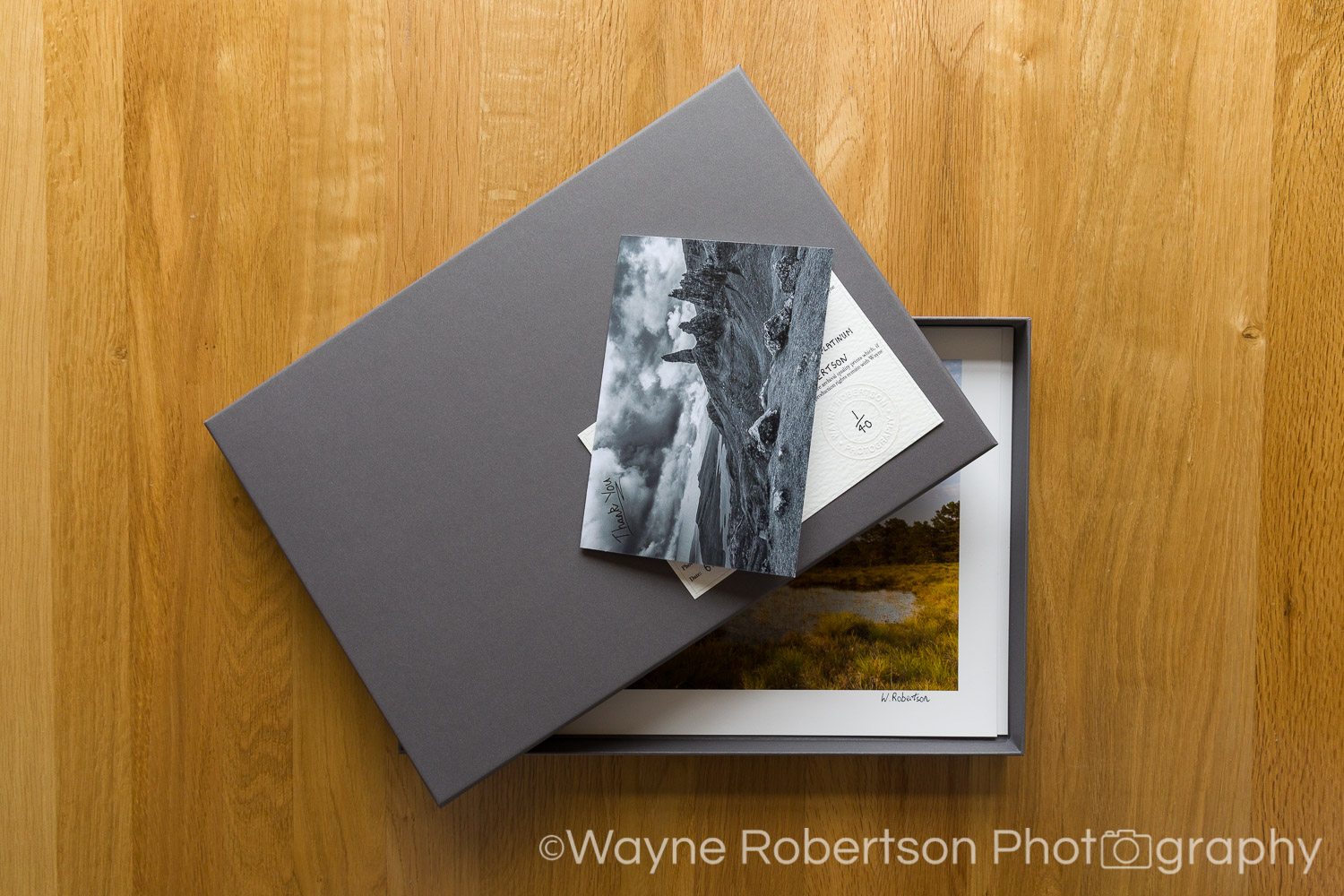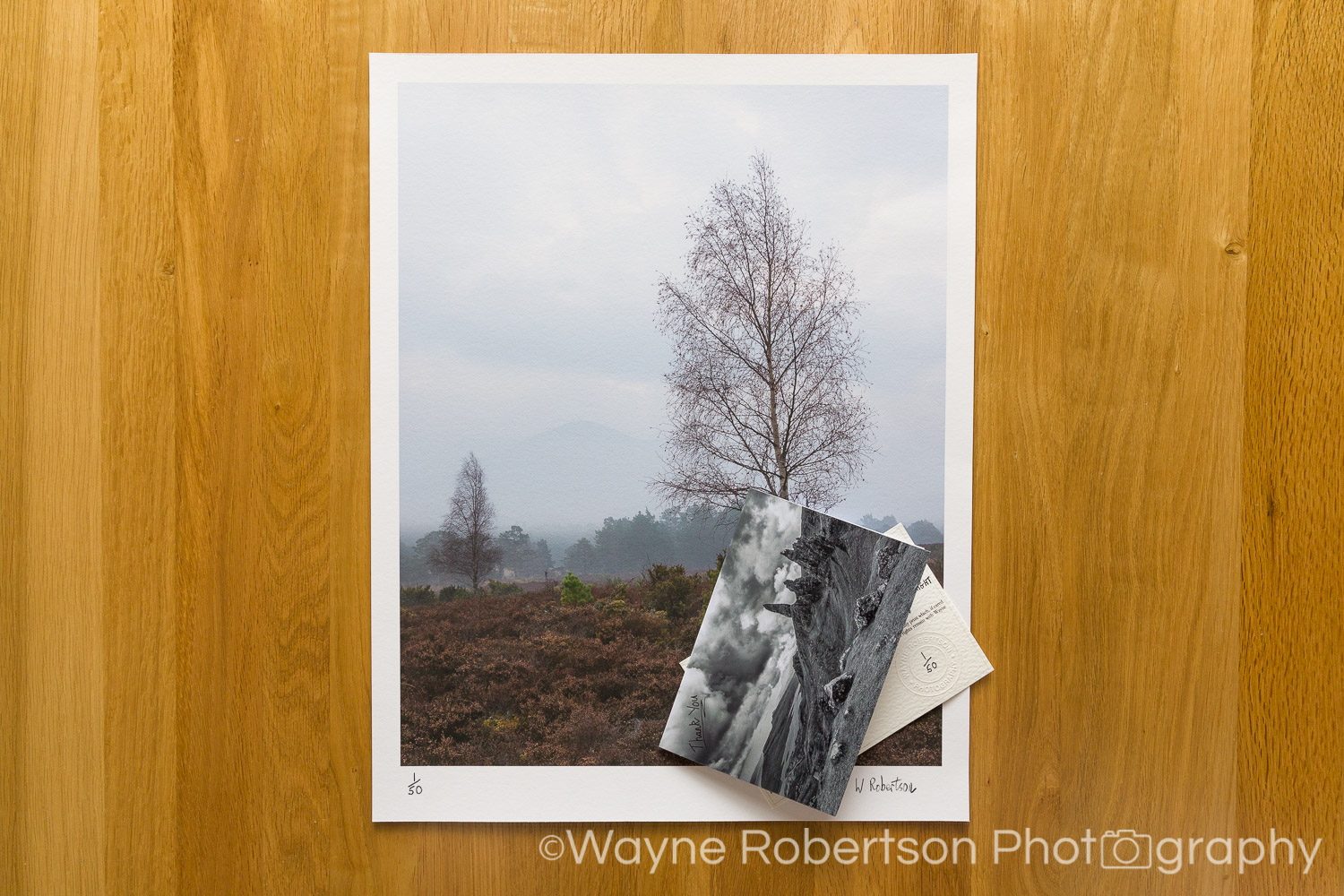In the summer of 2025 I was very excited to learn that a big future movie release was being filmed in my local area. That movie is “The Odyssey” and it was written, directed and co-produced by Christopher Nolan with Matt Damon in the leading role. A poem written almost 3000 years ago inspired this movie which is about the Greek hero Odysseus and his long, perilous journey home after years away at war. As well as Matt Damon other members of the fantastic cast include Robert Pattinson, Tom Holland and Anne Hathaway.
Arriving at Findlater Castle
One of the locations that was used for filming the movie is called Findlater Castle, a ruined castle on the North East coast of Scotland which I have visited and enjoyed countless times over many years. I’m a landscape and wildlife photographer and the landscape photographer in me knew I had to try to capture this location in the state it would have been during filming. The location was closed for a number of weeks to enable filming of The Odyssey to take place but it was due to re-open in late July. As soon as it was open I visited and I spent many hours there over the next four days. I had an idea in mind for a number of photographs that I wanted to capture but had no idea if I would be able to realise my hopes. Time was critical. If I didn’t capture my photographs within a few days of the area re-opening the more the location would change and that was not what I wanted to photograph. I wanted to capture a moment in time; I wanted to capture this area as all the actors, crew etc. would have seen it during filming. I wanted to capture the castle and surrounding area as the film crew would have captured it albeit my own vision of course. I knew any temporary modifications the crew made to the area (e.g. a small building which I discuss in my YouTube video linked below) would now be gone, but the location itself would be virtually identical. How this area will look in the movie itself is something I am very excited to see but I wanted to capture photographs showing the real location.
Day 1 was fruitless as it did not bring the weather or light that I hoped for. Capturing photographs and filming video are two very different things; there are of course similarities and shared technical aspects but I approach both very differently. For me I wasn’t going to be able to create a good photograph on my first visit. However, over the next 3 days I was able to create three photographs which I am very happy with. I believe they capture the mood of the castle well and will forever show how this location was during filming of The Odyssey.
Finally the sun breaks through onto Findlater Castle
One of three photographs I captured of Findlater Castle where The Odyssey movie was filmed
The Odyssey is set for a cinema release in July 2026 and I can’t wait to watch it on release day!
























